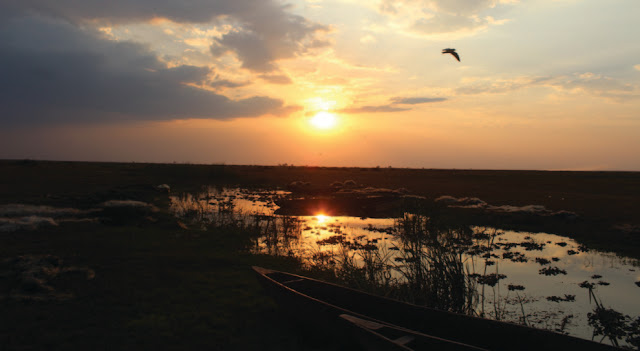Why aren’t tourists following the wind?

Mr Porro: I'm not running a business, I'm running a passion. Konkamoya is a picturesque place teeming with game. Why aren’t tourists following the wind? JACK ZIMBA , Itezhi Tezhi WHEN Andrea Porro got bored running a business as a wildlife photographer and graphic designer in his hometown Milan, Italy, he sold his shares in the company and bought a piece of heaven on the edge of Lake Itezhi Tezhi in the South Kafue National Park called Konkamoya, which literally translates “follow the wind”. Mr Porro is a zoologist specialised in evolutionary biology, but he says he could not find employment in Italy, so he set up a photography and graphic design business which he ran for 20 years with his partner, and then decided to follow the wind. “When I reached 46, I decided I can’t spend my life 14 hours before the computer, and when I came here, the owner offered me 50 percent in the lodge, and in one night I decided to sell my shares in my business in Ita...







